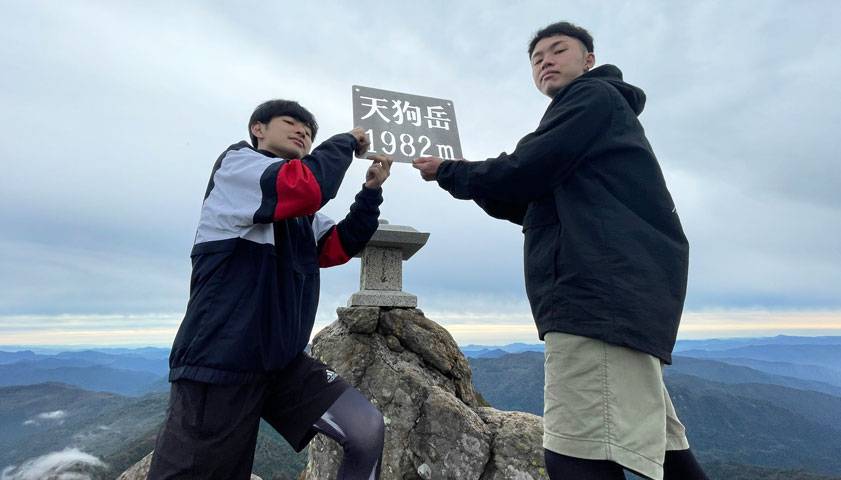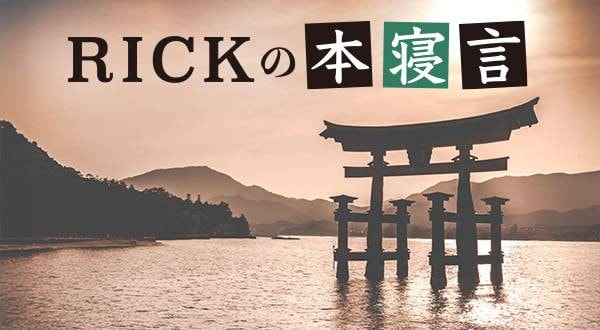Since ancient times, Japanese people have revered the tallest mountains of Japan. It is believed that the gods are enshrined in the mountains. People would climb mountains to reach the top and then build shrines for worshipping the gods. Thanks to the ancient Japanese mountaineering DNA that we inherited from our ancestors, Japan is now known as the country with the best mountaineering in the world. Even the smallest mountains have been named, and the mountains are always crowded with climbers.
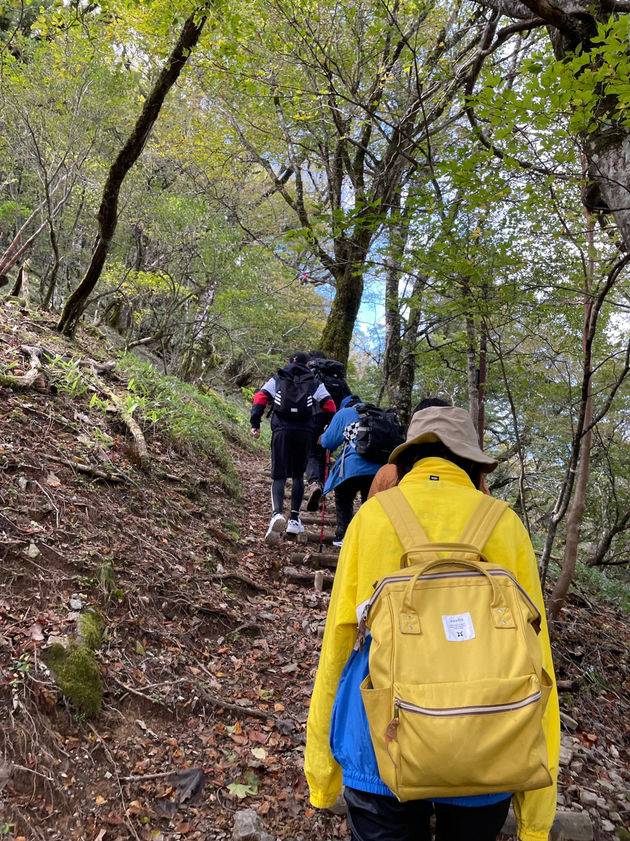
There are a lot of reasons why mountaineering is both interesting and important. One reason is that it allows you to enjoy the best part of each season to the fullest through the fresh air you breathe in whilst interacting with Mother Nature. Climbing up the slopes also strengthens your legs, which then helps you to extend your healthy life expectancy. Moreover, there are a vast number of ruins in the mountains, so you can learn about the history just by visiting the shrines that are connected to the mountains. At any rate, climbing enriches your mind. Anyone can spend some rare time to face themselves in that environment.
This is why I too started to climb mountains as part of my research on ancient history when I began training for marathons in my early 40’s. I then set my sights on climbing to the peak of the highest mountain, which is located in an area that I visited while I went traveling around Japan. Reaching the highest point evokes a special feeling of pride and accomplishment as you’re standing there looking down from the mountain. I think that there is something meaningful about being as close as possible to the sky and physically standing so far above many people.
As I reflected on my past experiences, I decided to encourage all Sound House employees to go mountain climbing. Shikoku, where our Tokushima office is located, is especially known for two sacred mountains, Mount Ishizuchi and Mount Tsurugi. I also witnessed a strange turn of events and one of my companies happened to acquire a large lodge in Minokoshi, which is at the foot of Mount Tsurugi. Since this lodge has 17 rooms, many staff members can gather there and start together as a group to trek to the top of Mount Tsurugi. Just thinking about it is fun.
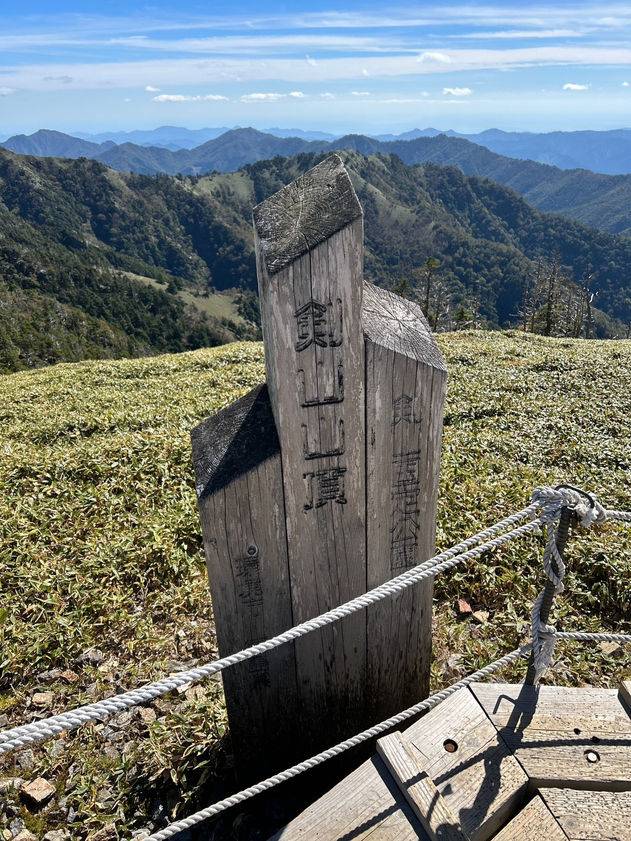
However, our mountaineering program had to be suspended for nearly three years due to the COVID-19 pandemic. Therefore, I decided to climb these sacred mountains in Shikoku with my beloved employees this fall in 2022 because the pandemic is finally coming to an end! I was afraid that this tradition would probably end if we didn’t go ahead and resume it now. All new graduates used to go on this climbing tour, but after the past few years, there are more and more staff members who have not had the experience to climb these mountains. If this situation continues, nobody in the company will be able to talk about this program to newer staff members and then the tradition will eventually fade away.
Finally in early October, I decided to climb the highest peak in western Japan, Mount Ishizuchi, taking with me a group of new graduates. In fact, October 11th happens to be my birthday. After I kept changing the date of the climb due to bad weather, I changed the climb to a day which was also coincidentally my birthday. I had originally planned to go to the States for my birthday and just spend three days there without any plans. However, the climb seemed more important to me than my birthday, so I canceled everything and went to climb the mountain with the new graduates. In a nutshell I wanted them all to reach the summit at all costs.
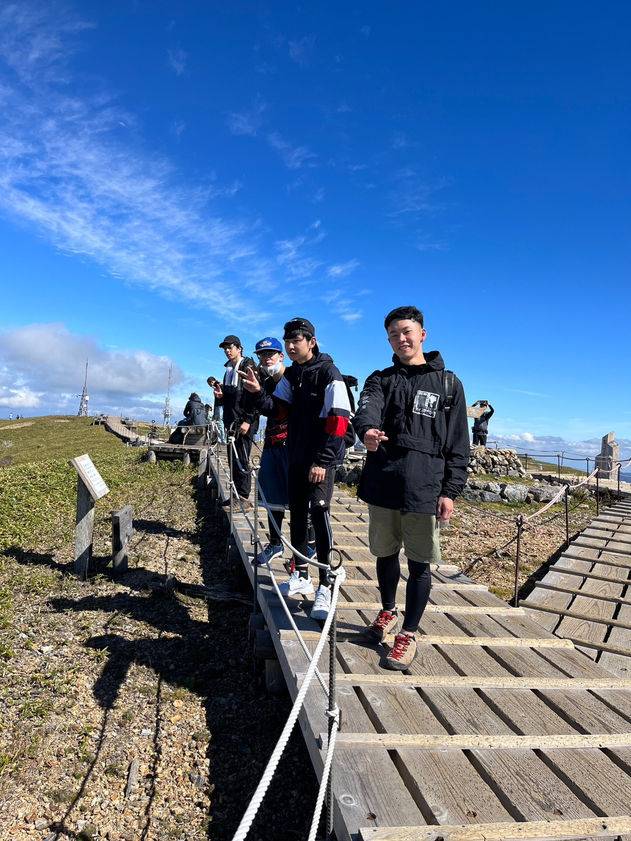
Climbing Mount Tsurugi is actually easier than one might think. There are chairlifts that you can ride to the halfway point and then from there you walk for an hour to the top, so it is not that difficult for most people. Mount Ishizuchi, however, is much more difficult to climb. The elevation from the starting point is 1,350 meters and the round-trip distance is 10 km, so it feels like you’re climbing an endless flight of stairs. This is why this climb is much harder for those who do not regularly train their legs muscles. Nevertheless, no one has ever dropped out of climbing Mount Ishizuchi when I accompanied the tour. Everybody prepared, worked together, and we encouraged each other. Sometimes the group held hands or pulled each other up so that everyone could reach the summit. I felt that if I hadn’t gone, someone would have dropped out of the trip. And so, I decided that I had to climb the mountain on my birthday.
This time, I was particularly worried about one of the new graduates. She did not seem to be very athletic, and it was hard to imagine that she would be able to climb up the 74-meter long Tameshi no Kusari which translates to “trial chains”. I couldn’t imagine this girl climbing these chains that vertically hang off the face of the cliff, let alone reaching the summit. I made it my mission to help her reach the summit and I started to reschedule the whole tour which was nothing overly drastic other than implementing a short-term training intensive to help her strengthen her leg muscles every day during the tour.
Our first day of the tour was the only day that we could spend time sightseeing and relaxing in Kyoto. On the second day, we went hiking along a mountain path with a lot of slopes in the morning along this small island in Tokushima that is called Takegashima. There we trained for climbing down the mountain by walking toward the steep rocky areas and the coast. In the afternoon, we focused on cleaning up the island so that we could build up a sweat moving our bodies. This alone woke up all the cells in our bodies. On the third day, we climbed Mount Tsurugi with our legs still tired and slightly sore from walking around the island the previous day. Little by little, our legs began to get used to walking on steep paths on the mountain and the paths started to feel a little easier. On the fourth day, we finally attempted to climb to the top of Mount Ishizuchi.
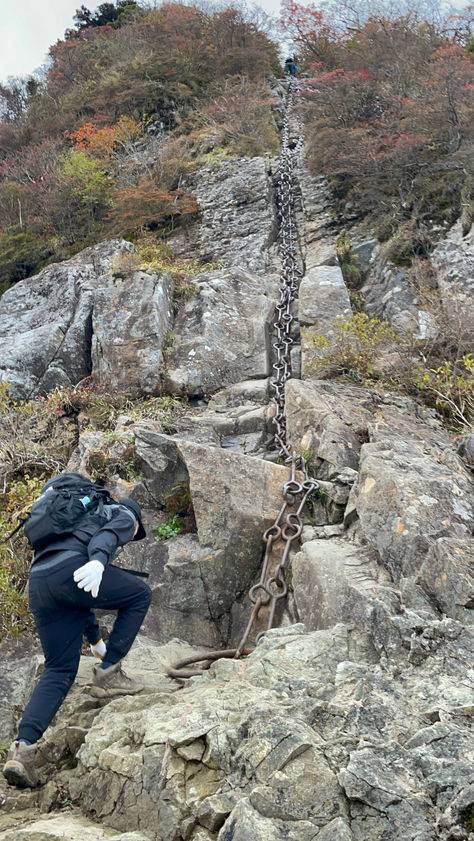
After a series of meetings where I scrupulously planned the trip with six other staff members, we split them into two parties. The first group left the lodge at 5 in the morning to start off the climb because we had to reach the summit by 10:00 a.m. even if the group took 5 hours, or I was worried that we were going to be late coming back and we were not going to be able to have a party in Tokushima that night. I decided to leave at 7:30 a.m. after I finished working early in the morning in case I had to help anyone who tried to drop out and I needed to help them catch up with the first group. I was really worried about whether or not all of them could climb up the trial chains to reach the summit. I was determined to make sure everyone would reach the summit by any means necessary. I left for the summit of Mount Ishizuchi the day after my birthday giving everything my all.
Reaching the peak of Mount Ishizuchi is all about results. Thankfully, by the time I reached Tameshi no Kusari, at 8:20 a.m., everyone in the first group had also reached the summit by that time. I was so glad to see that the female staff member I was worried about had also made it to the top via the super-long Tameshi no Kusari route. I was so relieved! Since I felt much better, I just ran up the trail at breakneck speed and I was able to meet up with everyone at the top. While at the top of Tengu-dake (Tengu Peak), which is the highest peak in western Japan at 1,982 meters, I let out a sigh of relief and felt so grateful that everyone safely reached the summit. That moment was the best birthday present that anyone could ask for. All of us made it to the summit! Words cannot describe what this giant trek was like, but this one picture should be enough to convey my feelings. Just go for it!
